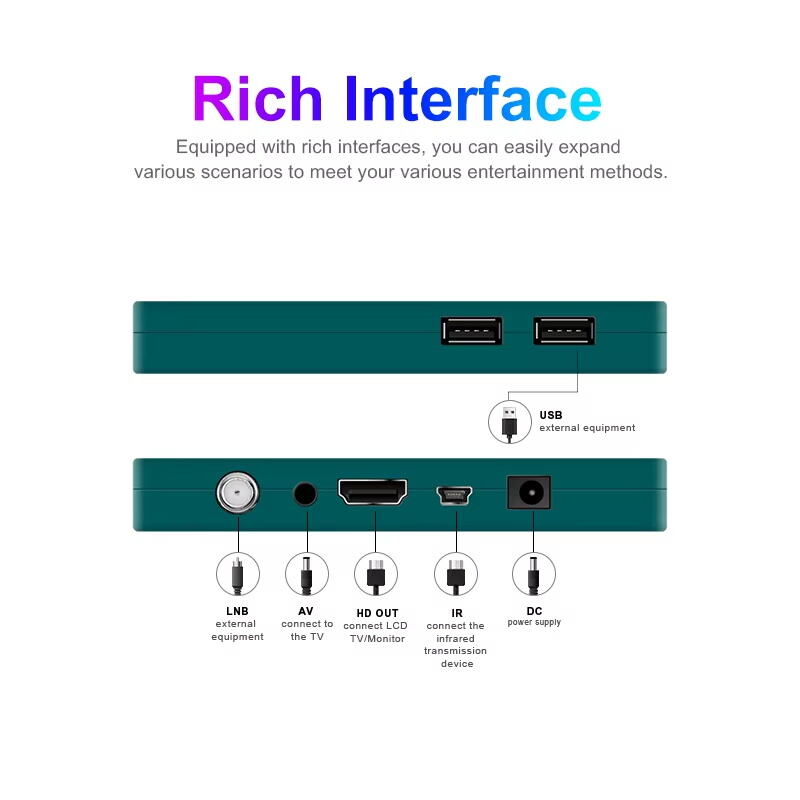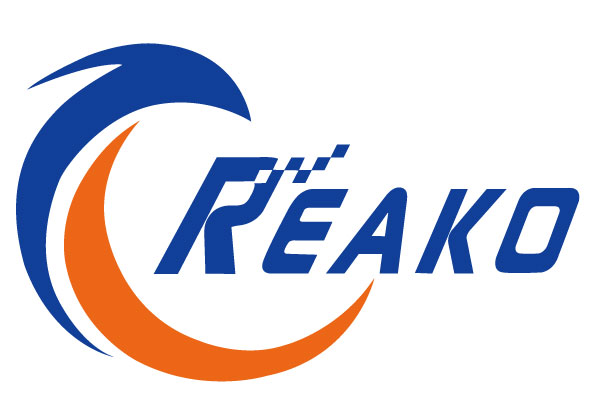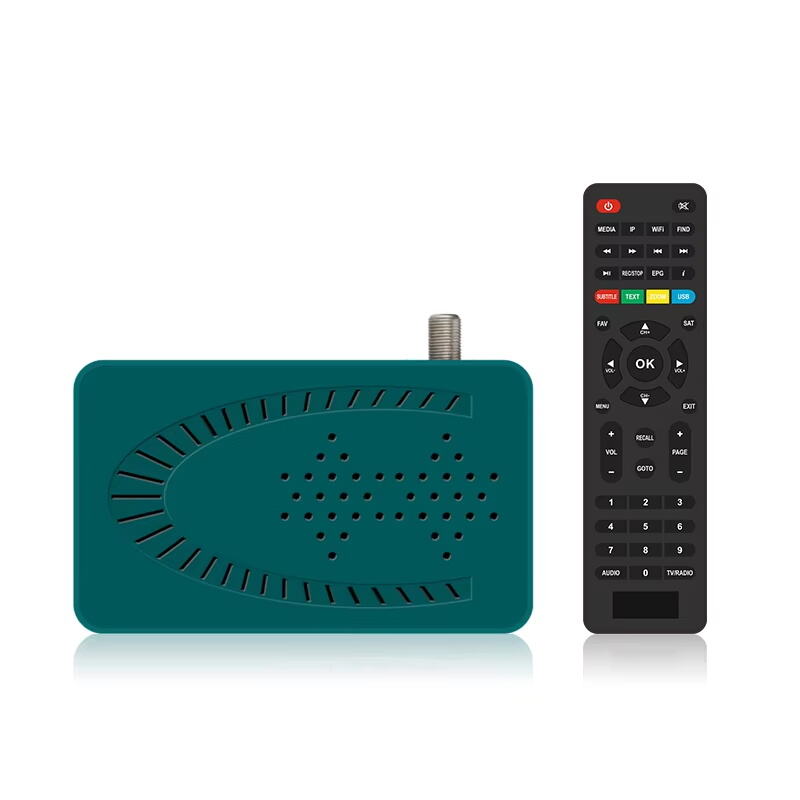Understanding Modern Satellite Reception Technology
The evolution of satellite television has brought us to an era where DVB-S2 receivers represent the pinnacle of digital broadcasting technology. These sophisticated devices have transformed how we receive and process satellite signals, offering viewers an unprecedented quality of entertainment and connectivity options. Modern DVB-S2 receivers combine advanced signal processing capabilities with user-friendly interfaces, making them essential components in today's home entertainment systems.
Core Components and Signal Processing
Advanced Tuner Technology
At the heart of every modern DVB-S2 receiver lies a sophisticated tuner system. These tuners are designed to capture and process satellite signals with remarkable precision, offering superior signal sensitivity and improved resistance to interference. The latest DVB-S2 receivers incorporate multi-stream processing capabilities, allowing them to handle multiple transponder signals simultaneously. This advancement enables viewers to record one program while watching another, maximizing the entertainment possibilities.
Demodulation and Error Correction
Modern DVB-S2 receivers excel in signal demodulation and error correction mechanisms. The advanced Forward Error Correction (FEC) systems can recover data from weak or partially corrupted signals, ensuring stable reception even under challenging weather conditions. These receivers utilize sophisticated algorithms to maintain picture quality and prevent signal dropouts, making them significantly more reliable than their predecessors.
Enhanced Connectivity Options
Network Integration Capabilities
Today's DVB-S2 receivers come equipped with comprehensive networking features. Most models include both Ethernet ports and built-in Wi-Fi connectivity, enabling seamless integration with home networks. This connectivity allows for features such as streaming content to mobile devices, accessing online program guides, and receiving software updates automatically. Some advanced models even support IPTV services, bridging the gap between satellite and internet-based content delivery.
Multiple Interface Support
Modern receivers offer an impressive array of interface options. HDMI outputs support 4K and HDR content transmission, while USB ports enable multimedia playback and recording functions. Many units also feature CI+ slots for pay-TV services, composite outputs for legacy devices, and digital audio outputs for home theater systems. This versatility ensures compatibility with both current and future entertainment equipment.

Smart Features and User Experience
Interactive Program Guide
The Electronic Program Guide (EPG) in modern DVB-S2 receivers has evolved significantly. These guides now offer detailed program information, series recording capabilities, and personalized recommendations. Advanced search functions help viewers navigate through thousands of channels effortlessly, while customizable favorites lists streamline channel organization. Some receivers even integrate web-based program data to provide enhanced content information and viewing suggestions.
Recording and Time-Shifting
Digital recording capabilities have become increasingly sophisticated in modern DVB-S2 receivers. With support for external hard drives or built-in storage, these devices can record multiple channels simultaneously. Time-shifting features allow viewers to pause, rewind, and fast-forward live TV, providing greater flexibility in how content is consumed. Many receivers also offer series recording functions that automatically capture every episode of favorite shows.
Future-Ready Technologies
High Dynamic Range Support
Modern DVB-S2 receivers are designed with future technologies in mind. Support for HDR formats ensures viewers can enjoy content with enhanced contrast and color depth. The latest models are capable of processing 10-bit color depth and wider color gamuts, delivering more lifelike images that take full advantage of modern display technologies. This forward-thinking approach helps protect the investment in satellite reception equipment.
Software Upgradeability
The ability to receive software updates ensures that DVB-S2 receivers can adapt to new broadcasting standards and features. Manufacturers regularly release firmware updates that can add new functionalities, improve performance, or address security concerns. This upgradeability extends the useful life of the receiver and ensures compatibility with evolving broadcast technologies.
Energy Efficiency and Environmental Considerations
Power Management Features
Modern DVB-S2 receivers incorporate advanced power management systems that significantly reduce energy consumption. Standby modes draw minimal power while maintaining essential functions like program guide updates and scheduled recordings. Some models feature automatic power-down functions that activate after periods of inactivity, further reducing energy usage without compromising convenience.
Sustainable Manufacturing
Manufacturers of modern DVB-S2 receivers increasingly focus on environmental responsibility. This includes using recyclable materials in construction, reducing packaging waste, and designing products for easier end-of-life recycling. Energy-efficient components and improved thermal management systems help reduce the environmental impact during the product's operational life.
Frequently Asked Questions
What makes DVB-S2 better than older satellite standards?
DVB-S2 offers improved spectral efficiency, better error correction, and support for higher-order modulation schemes. This results in more stable reception, higher quality picture, and the ability to receive more channels using the same satellite bandwidth.
Can I use a DVB-S2 receiver with my existing satellite dish?
Most DVB-S2 receivers are compatible with existing satellite dishes, provided the dish is properly aligned and the LNB is suitable for the frequencies you wish to receive. However, for optimal performance, especially with HD and 4K content, you may need to ensure your dish and LNB meet current specifications.
How important is internet connectivity for a DVB-S2 receiver?
While internet connectivity is not essential for basic satellite reception, it enables valuable features such as program guide updates, firmware upgrades, and access to streaming services. Connected receivers also often offer enhanced interactive features and the ability to stream content to mobile devices within your home network.


